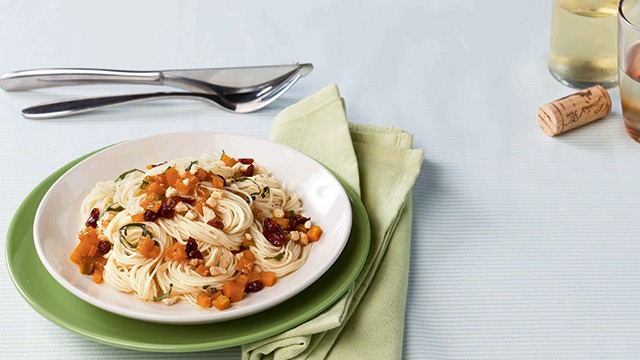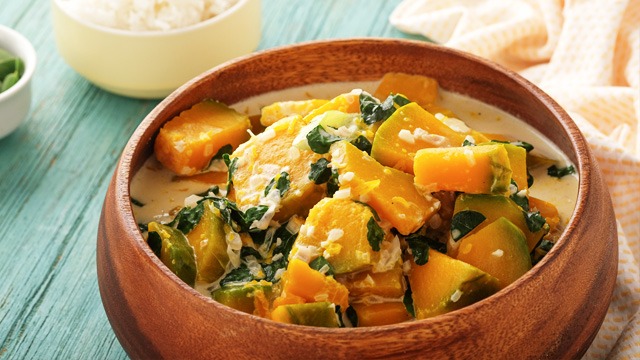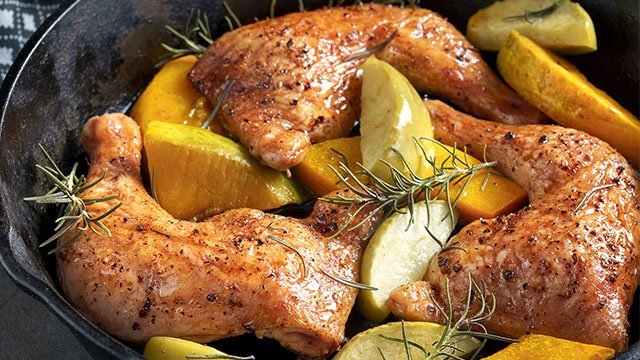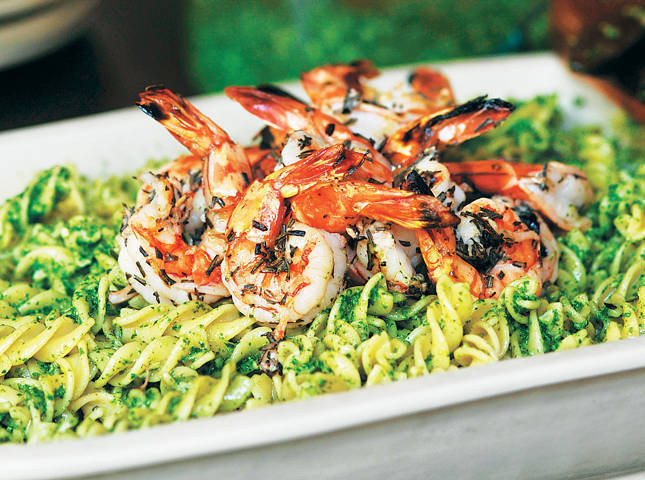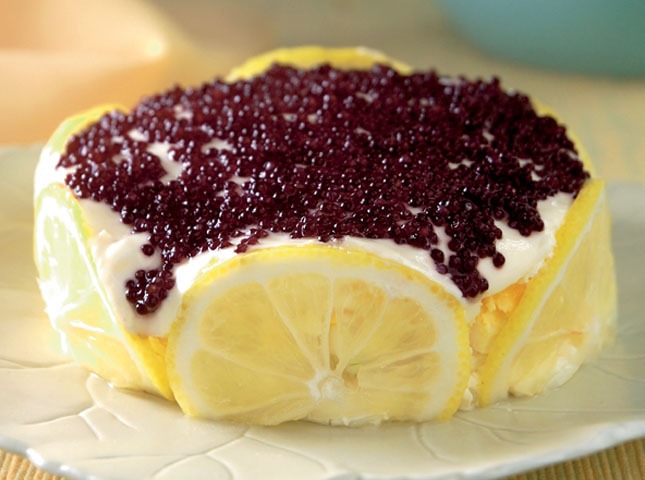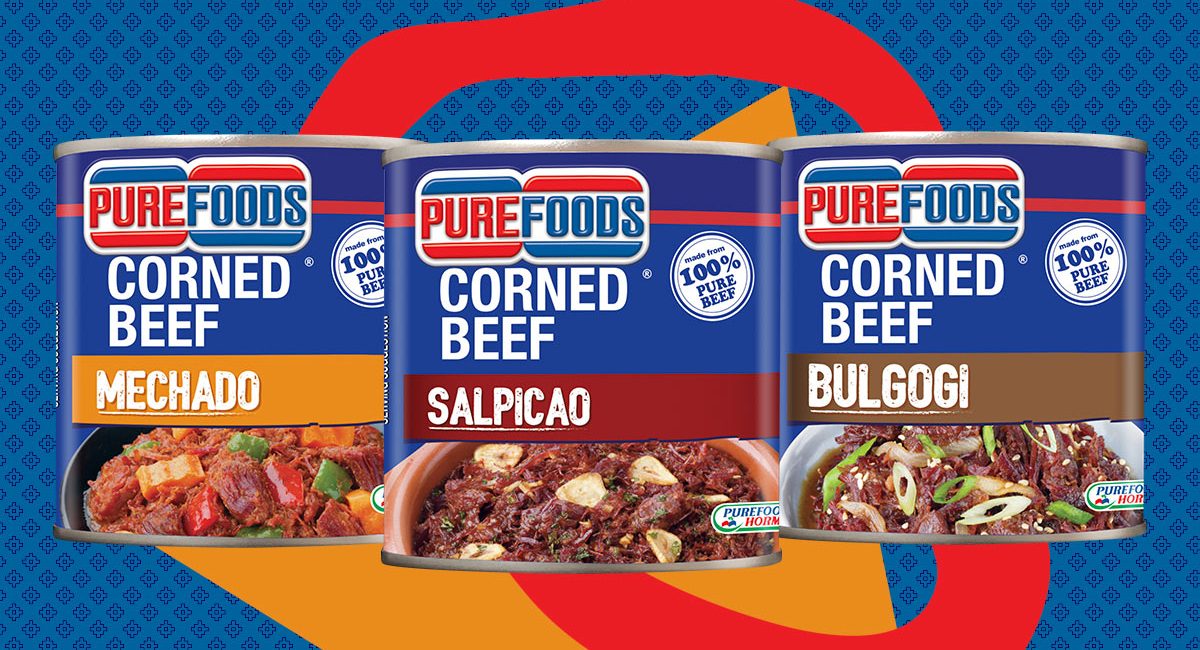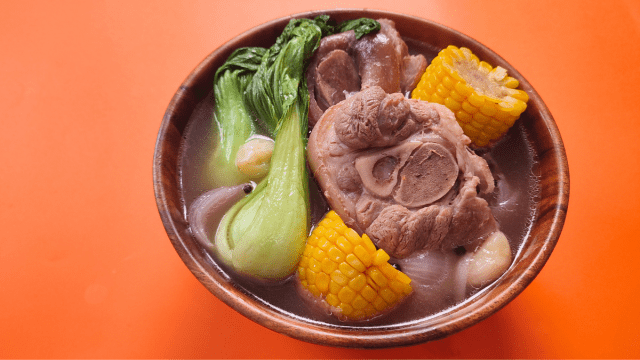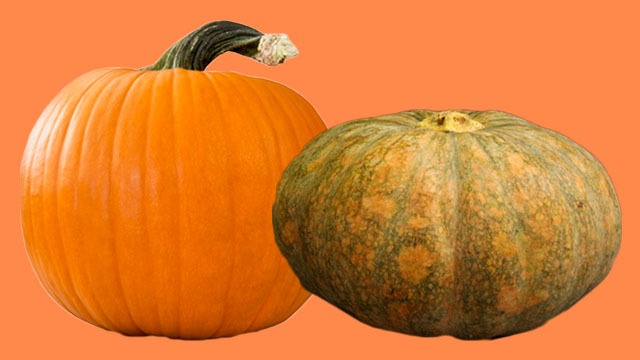
It’s that time of the year when the rest of the world celebrates Autumn and pumpkin season. For us in the Philippines though, we may encounter a few imported pumpkins in the groceries, but we generally still pick up squash instead. Is squash really that much different from pumpkins, though?
Here are the differences between kalabasa and pumpkins:
1 The squash, kalabasa, and pumpkin are different from each other.
First of all, let’s talk about squash. Squash is a fruit whose scientific name is under the genus “cucurbita.” Both pumpkins and kalabasa are actually a type of squash; the scientific name of pumpkins is cucurbita moschata, while kalabasa or, in English, calabaza, can be referreed to as cucurbita maxima.
In the Philippines, the English word “squash” usually refers to kalabasa. It’s most likely because kalabasa is the most common kind of squash found locally. On the other hand, pumpkins, in general, stick out because of their orange or yellow-orange skin and most distinctly, their spiky, stiff stems.
Pumpkins also have a thicker rind compared to kalabasa. This characteristic makes kalabasa easier to use than pumpkins.
However, when it comes to cooking, it turns out that it’s not the outside of the fruit that matters, but the inside.
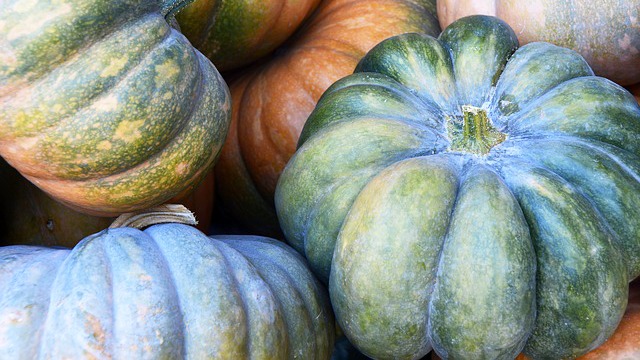
2 You can use squash for pumpkin.
Yes, it’s true! In other parts of the world where “pumpkin puree” is used for pies, lattes, soups, and even baked mac, the “pumpkin” used in these recipes are not actually made of pumpkin, but butternut squash—which is similar to kalabasa. So, if you’ve ever wondered if you can use kalabasa instead of pumpkin, or make a “pumpkin puree” with squash, go ahead. It will taste great either way.
3 You can’t substitute a kalabasa for a pumpkin if looks matter.
If you’re making jack-o-lanterns for Halloween, it’s the outside that matters, sadly. You can get those big, bright orange pumpkins at SM Supermarkets this season so go out and hunt those down before it runs out.
4 Making squash puree is easy.
Just as you would typically cook squash or kalabasa, peel it and cut it up into evenly sized cubes. Unlike your typical Filipino squash recipes though, it’s advisable that you roast your squash. This intensifies the flavor of the flesh.
Here how to do it: Toss squash chunks in some olive oil or canola oil until each piece is well-coated, then place on a baking tray. Bake in a 375-degree Fahrenheit oven for 30 minutes or so, depending on the size of your cubes, until each chunk is fork-tender.
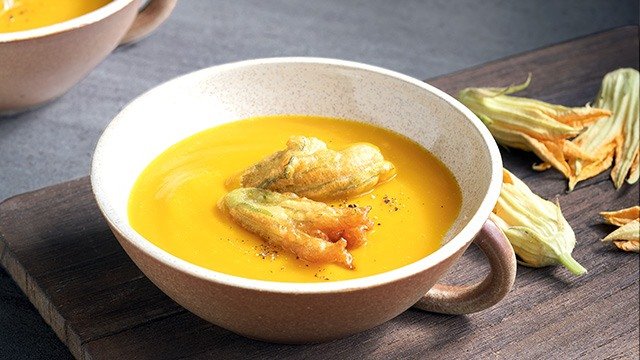
Once the squash cubes are warm, but not hot, start mashing them. You can use a blender, an emulsifier, or a food processor to puree these. That’s it! You can incorporate your puree into mac and cheese, make it into a decadent soup, or bake it into a pie!
Recommended Videos
You have to love squash. If you know anybody who doesn’t, they just haven’t eaten it right. This is the perfect season to convince everyone that squash deserves more love!


